| Bag Width Range | 80-240 mm | Weight | 1500 kg |
| Bag Length Range | 150-370 mm | Total power | 3.02 kw |
| Filling weight | ≤ 1500g | Compress air | ≥ 0.4 m³/min |
| Max Speed | ≤ 60 bags/min | Dimensions | 1860 mm*1520 mm*1550 mm |
In today's rapidly developing society, with a vast array of products in the market, the packaging industry has witnessed remarkable growth. Selecting the right packaging machine is of utmost importance for businesses aiming to enhance efficiency, cut costs, and ensure high - quality packaging. Here are some key aspects to consider when making this crucial decision.
These are highly versatile and efficient machines that can perform the processes of forming, filling, and sealing packages in one continuous operation. There are two main subtypes: vertical form fill seal (VFFS) machines and horizontal form fill seal (HFFS) machines. VFFS machines are commonly used for packaging granules, powders, and liquids. For example, in the food industry, they are often employed to package items like flour, sugar, and liquid condiments. HFFS machines, on the other hand, are more suitable for solid or irregularly shaped products, such as toys or certain hardware items. They can work with a wide range of packaging materials, including flexible films, foil, and paper.
.jpg)
Designed to fill and seal pre - formed bags, pouches, or stand - up pouches, these machines are highly adaptable. They can handle various bag sizes and styles, making them suitable for products like snacks, frozen foods, and pet food. Different sealing methods, such as heat sealing, zip - lock sealing, and spout sealing, can be used depending on the product requirements. For instance, snack manufacturers often use heat - sealed premade bags, while products like pet food may use bags with zip - lock seals for easy re - closure.
Ideal for businesses dealing with perishable items like food and pharmaceuticals, these machines remove air from the package and seal it, thereby extending the product's shelf life. Vacuum - packed meats can stay fresh for a much longer time compared to non - vacuum - packed ones, which helps reduce food waste and ensures product quality during transportation and storage.
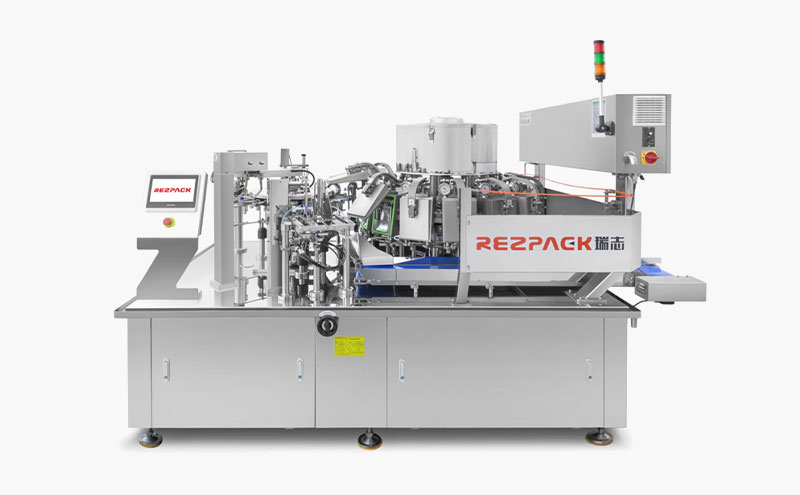
Using heat to tightly wrap a plastic film around the product, shrink wrap machines provide a secure and protective covering. This type of packaging is popular for retail products as it not only offers protection but also presents an attractive appearance, making the product more appealing to consumers. For example, electronic devices are often shrink - wrapped to protect them from scratches and dust while on the store shelves.
Cartoning machines are used to package products into cartons or boxes. They are commonly found in the consumer goods, electronics, and food industries. For consumer goods like cosmetics, cartoning machines ensure that the products are presented in an organized and professional manner, which is beneficial for both storage and display in retail stores.
.jpg)
These machines dispense a precise amount of product into containers, ensuring uniformity across the product line. They are suitable for businesses dealing with liquids, powders, or granules, such as those in the beverage, cosmetics, and chemical industries. A beverage company, for example, uses filling machines to accurately fill bottles with the right amount of drink, maintaining product consistency.
.jpg)
Essential for businesses dealing with bottled or jarred products, capping machines apply caps or lids to containers, ensuring a secure seal to protect the contents from contamination. In the beverage industry, capping machines are used to seal bottles tightly to prevent leakage and maintain the freshness of the drink.
Labeling machines apply labels to product packaging, providing essential information such as product details, usage instructions, and brand information. They are suitable for any business that requires labeling for identification, instructions, or marketing purposes. Brands use labeling machines to create a strong brand image and communicate important information to consumers.
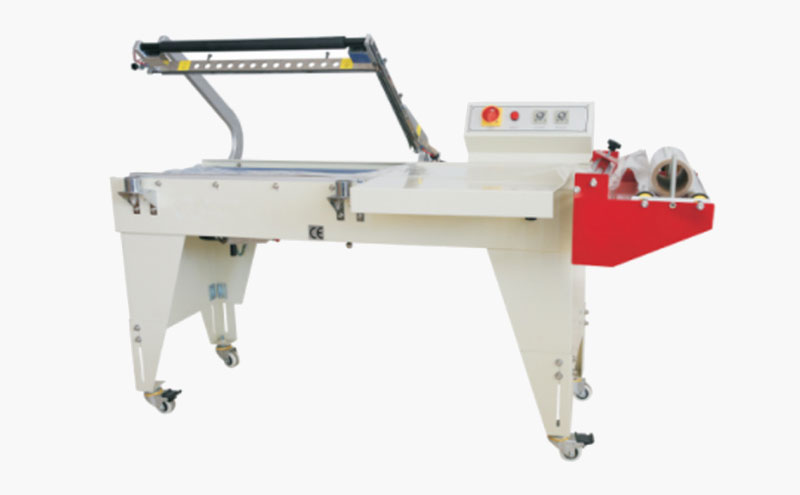
It is crucial to consider both current and future production needs. The packaging machine should be able to handle the existing production volume smoothly. For example, if a small - scale bakery is currently producing 100 loaves of bread per day but plans to expand to 500 loaves in the next year, the chosen packaging machine should have the capacity to handle this growth. High - speed machines are suitable for large - scale production, while small and medium - sized enterprises may find medium - speed or low - speed machines more cost - effective.
Determine a clear budget for the packaging machine. While it may be tempting to choose a cheaper option, it's important to note that less expensive machines may require more manual labor and have higher maintenance costs in the long run. A business should calculate not only the initial purchase cost but also the ongoing operational costs, including electricity consumption, spare parts replacement, and potential repair costs.
Take into account the space available in the production facility. The packaging machine should fit comfortably in the designated area, allowing for proper ventilation to prevent overheating and easy access for maintenance. If the machine is too large for the available space, it can cause operational difficulties and may even pose safety hazards.
Ensure that the chosen machine is compatible with the packaging materials used. Different machines are designed to work with specific materials. For example, a machine designed for heat - sealing plastic films may not be suitable for working with paper - based packaging materials. Using incompatible materials can lead to poor packaging quality and increased waste.
Choose a packaging machine that is user - friendly and easy to maintain. A machine with a complex operation system may require extensive training for employees, which can be time - consuming and costly. Additionally, easy - to - maintain machines can reduce downtime, ensuring continuous production. Look for machines with clear control panels, accessible components for repair, and readily available spare parts.
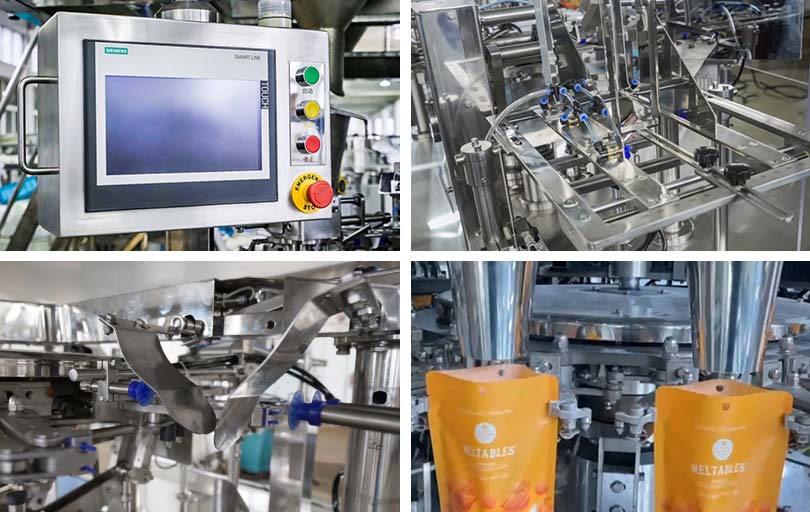
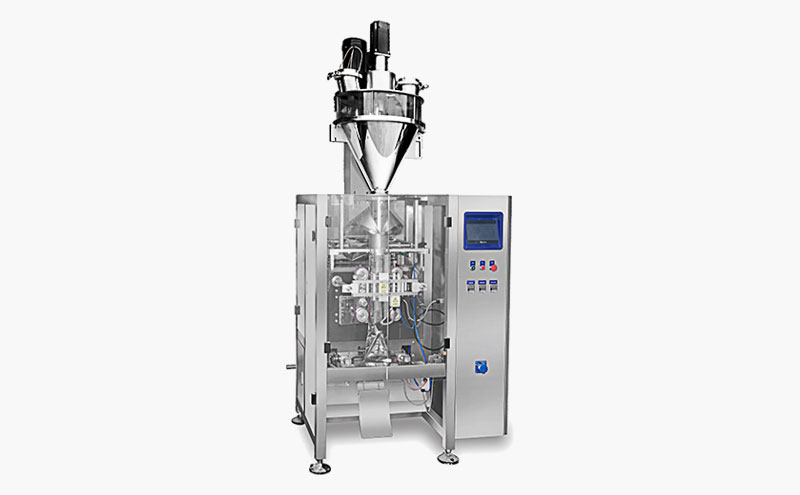
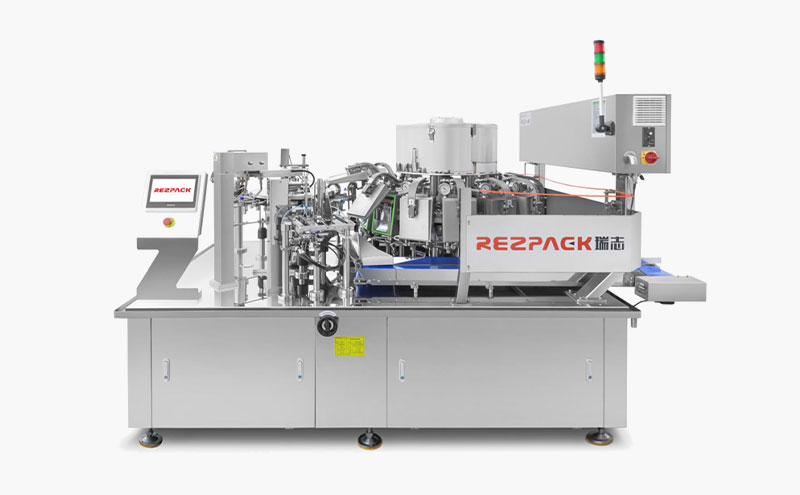
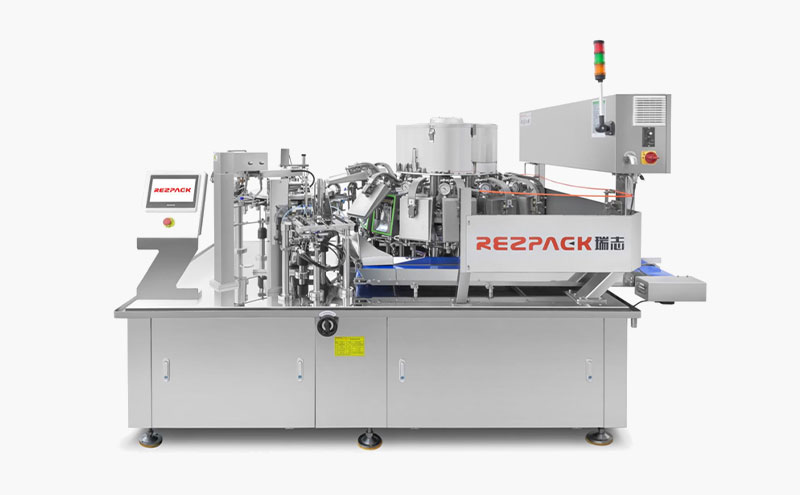
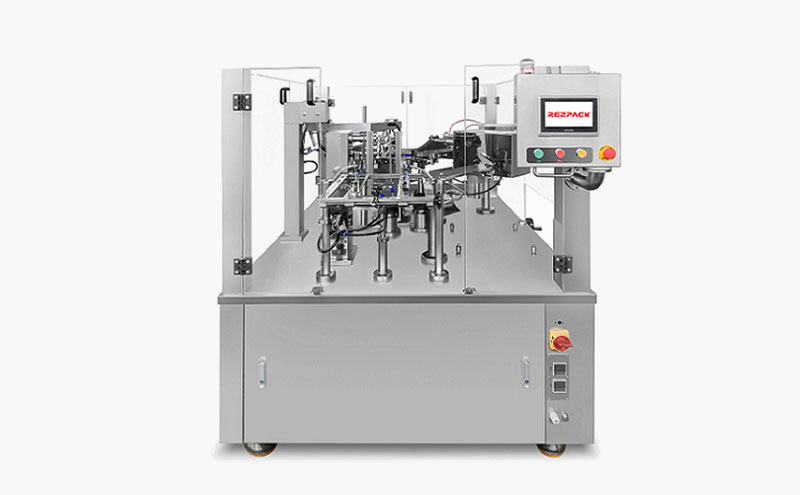
| Bag Width Range | 80-240 mm | Weight | 1500 kg |
| Bag Length Range | 150-370 mm | Total power | 3.02 kw |
| Filling weight | ≤ 1500g | Compress air | ≥ 0.4 m³/min |
| Max Speed | ≤ 60 bags/min | Dimensions | 1860 mm*1520 mm*1550 mm |
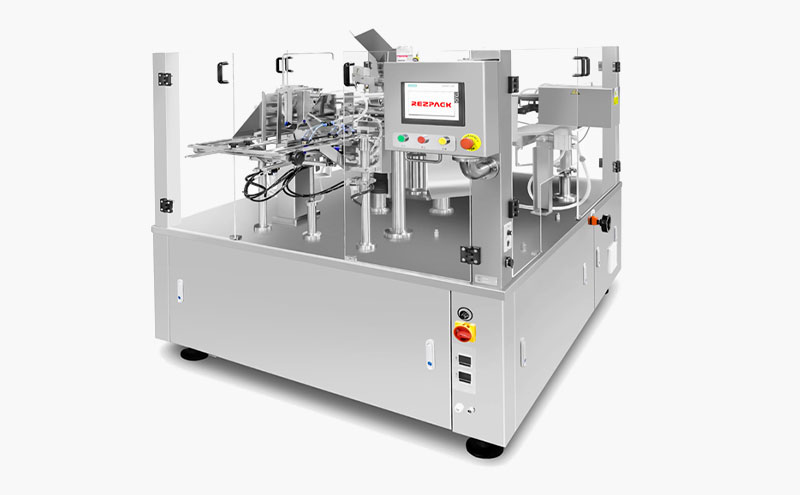
| Bag Width Range | 180-300 mm | Weight | 1800 kg |
| Bag Length Range | 150-450 mm | Total power | 3.62 kw |
| Filling weight | ≤ 2500 g | Compress air | ≥ 0.4 m³/min |
| Max Speed | ≤ 50 bags/min | Dimensions | 2080 mm*1720 mm*1650mm |
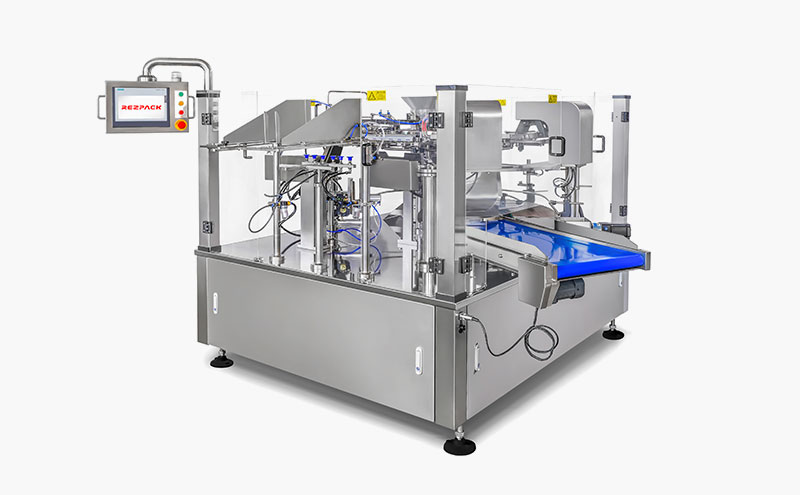
| Bag Width Range | 240-400 mm | Weight | 2500 kg |
| Bag Length Range | 150-600 mm | Total power | 3.62 kw |
| Filling Range | ≤ 5000g | Compress air | ≥ 0.4 m³/min |
| Max Speed | ≤ 30 bags/min | Dimensions | 2150 mm*2020 mm*1700 mm |
GET A QUOTE